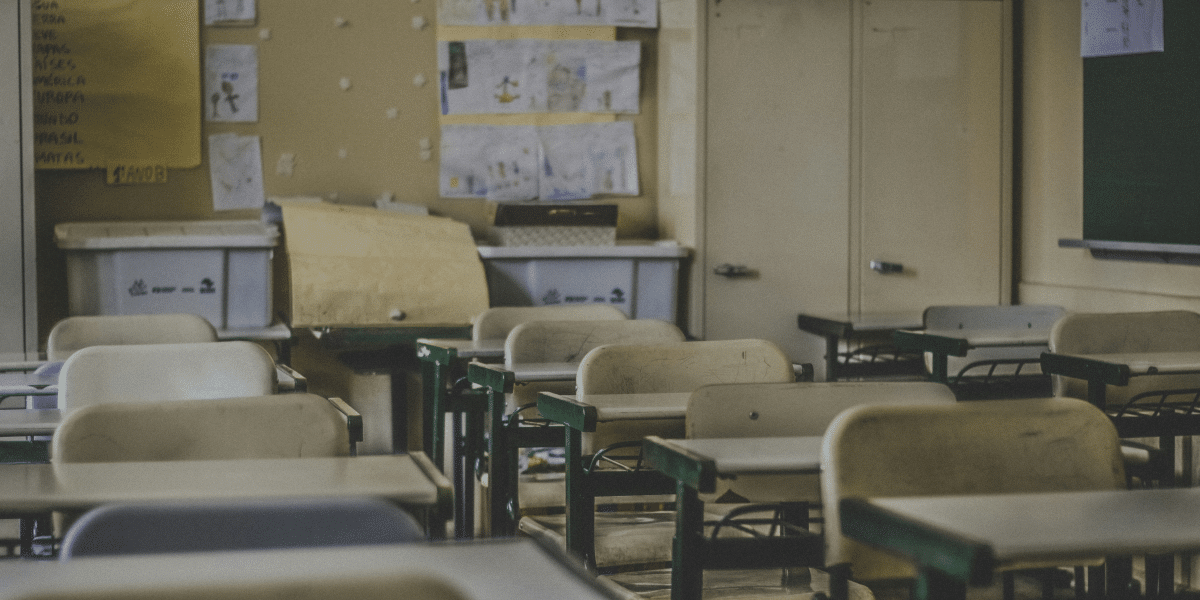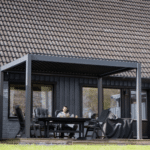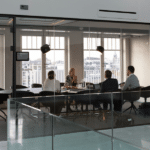In an era where education is more crucial than ever, the physical condition of our schools plays a pivotal role in shaping the learning experience and morale of students and staff. It’s not just about aesthetics; it’s about creating environments that enhance educational outcomes and foster well-being. This blog explores the significant impact of school renovations, with a special focus on areas often overlooked yet crucial for daily school life.
The State of School Facilities Before Renovation
Many educational institutions across the nation grapple with outdated infrastructure. From peeling paint to creaky floorboards, the wear and tear can be seen and felt. More than just cosmetic issues, these deteriorations often include deep-seated problems like inadequate heating, poor lighting, and non-compliant accessibility features. For instance, before renovations, a typical school might struggle with leaking roofs during rainy seasons, making some classrooms unusable and disrupting the educational process.
Planning and Execution of Renovations
Renovating a school is no small feat. It requires meticulous planning, substantial funding, and a collaborative effort from the community, school administration, and construction professionals. The process typically kicks off with an audit of existing facilities to prioritize needs based on safety, functionality, and educational impact. Following this, schools must navigate the complexities of budgeting—often relying on bonds, grants, and fundraising efforts to bring projects to fruition. Designing spaces that not only meet modern educational standards but also reflect the input of those who use them daily—students, teachers, and staff—is critical for the success of any renovation project.
Highlight on High School Bathroom Renovations
One of the most impactful, yet frequently underestimated, areas of school renovation is the updating of high school bathroom stalls. These spaces are essential for student privacy and well-being but often suffer from neglect. Before renovations, it’s not uncommon to find bathrooms with broken fixtures, insufficient privacy, and graffiti-covered walls—conditions that can significantly degrade the school experience for students.
Renovations transform these neglected spaces into clean, functional, and aesthetically pleasing environments. Upgrades often include the installation of new, sturdy partitions, ensuring that high school bathroom stalls offer enhanced privacy and security. Improved lighting and ventilation, anti-graffiti coatings, and the use of durable materials that resist wear and tear are common changes. Moreover, these renovations respect the diverse needs of the student body, incorporating features like gender-neutral facilities and accessibility for students with disabilities.
The impact of these changes is profound. Post-renovation surveys typically show a boost in student satisfaction and a decrease in incidents of vandalism, reflecting a newfound respect and pride in their school environment.
Transformative Effects on Other School Areas
Beyond bathrooms, significant renovations often occur in libraries, science labs, and sports facilities—each with its unique contribution to the school’s educational mission. For example, updated science labs with modern equipment can ignite a passion for STEM subjects, fostering deeper engagement and offering hands-on learning experiences that textbooks alone cannot provide. Similarly, renovated libraries often become the heart of a school, with flexible learning spaces that accommodate both quiet study and collaborative projects.
Sports facilities, too, see remarkable benefits from upgrades. New gymnasiums and fields can boost school spirit and encourage physical activity, playing a crucial role in student health and community building.
Challenges and Lessons Learned
Despite the best plans, school renovation projects often encounter challenges. Budget overruns, unexpected structural issues, and delays are common hurdles. These challenges underscore the importance of robust planning and the need for contingency funds. Moreover, they teach us about the necessity of flexibility and adaptability in managing large-scale projects.
From these challenges emerge valuable lessons: the importance of involving the community early in the planning process, the need for thorough inspections and realistic budgeting, and the benefits of phased implementations to minimize disruptions to the school year.
Final Thoughts
School renovations are much more than cosmetic improvements. They are vital investments in our future, creating spaces that support high-quality education and well-being. By modernizing facilities like bathrooms and upgrading libraries, labs, and sports areas, schools can transform educational experiences and outcomes. As communities, it is imperative that we continue to support and invest in our educational infrastructure, ensuring that it meets the needs of all students and staff. Let’s champion the cause for better school environments, advocating for ongoing renovations that adapt to the evolving demands of education and technology. This commitment will not only enhance the daily lives of our students but also fortify our society for years to come.
Published by: Holy Minoza



















